How to Use Straw Mulch in the Vegetable
Garden
Incorporating straw mulch into your vegetable
garden can significantly improve its health and productivity. At [Your Website Name], we
understand the importance of effective gardening techniques, and using straw
mulch is a fantastic way to achieve a bountiful harvest. In this comprehensive
guide, we’ll walk you through the ins and outs of using straw mulch in your
vegetable garden, from the benefits it offers to the step-by-step process of
application. Let’s get started and transform your garden into a thriving
paradise!
The Benefits of Straw
Mulch
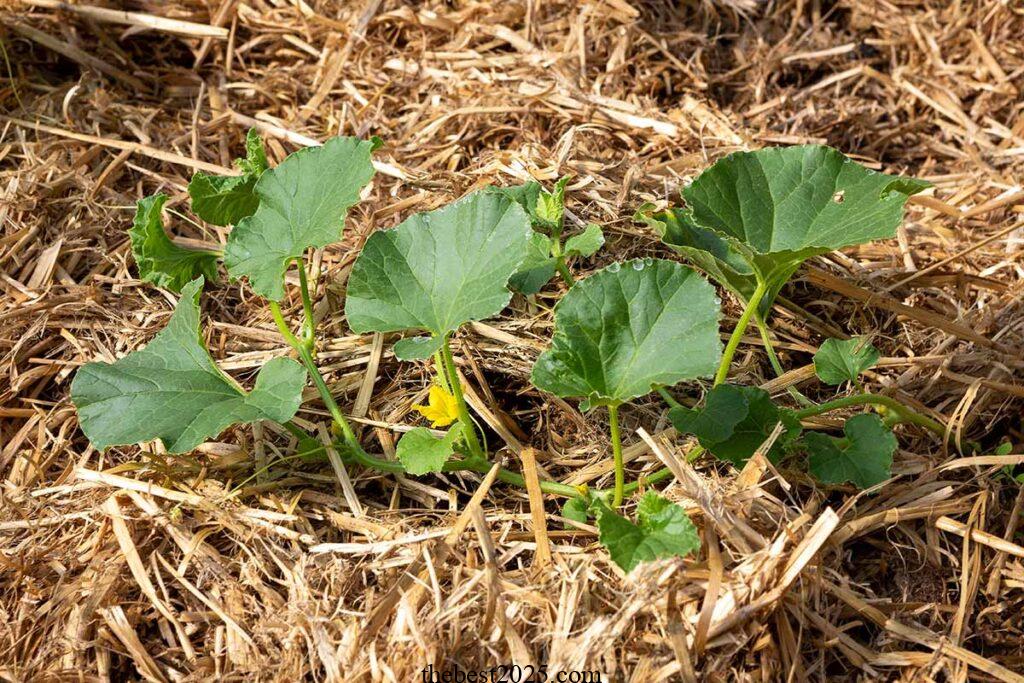
Moisture
Retention
One of the primary benefits of using straw mulch in
your vegetable garden is its remarkable moisture retention properties. Straw
acts as a natural barrier, reducing water evaporation from the soil. This
means that your plants will stay consistently hydrated, reducing the need for
frequent watering. It’s an excellent solution for conserving water and
ensuring your vegetables receive the moisture they require for optimal
growth.
Weed Suppression
Straw mulch also plays
a crucial role in weed suppression. Weeds can be a nuisance in any garden,
competing with your vegetables for essential nutrients and sunlight. By
applying a thick layer of straw mulch, you create a physical barrier that
makes it difficult for weeds to grow. This results in less weeding and more
time for you to enjoy the fruits of your labor.
Temperature
Regulation
Straw mulch acts as an insulator, helping to
regulate soil temperature. It keeps the soil cooler in the scorching summer
heat and warmer during chilly nights. This stability in temperature provides a
comfortable environment for your vegetable plants, allowing them to thrive in
various weather conditions.
Soil Enrichment
As
straw mulch breaks down over time, it enriches the soil with valuable organic
matter. This organic matter enhances the soil’s texture and fertility,
creating an ideal growing environment for your vegetables. Additionally, as it
decomposes, it releases nutrients that benefit your plants, reducing the need
for synthetic fertilizers.
Choosing the Right Straw
Mulch
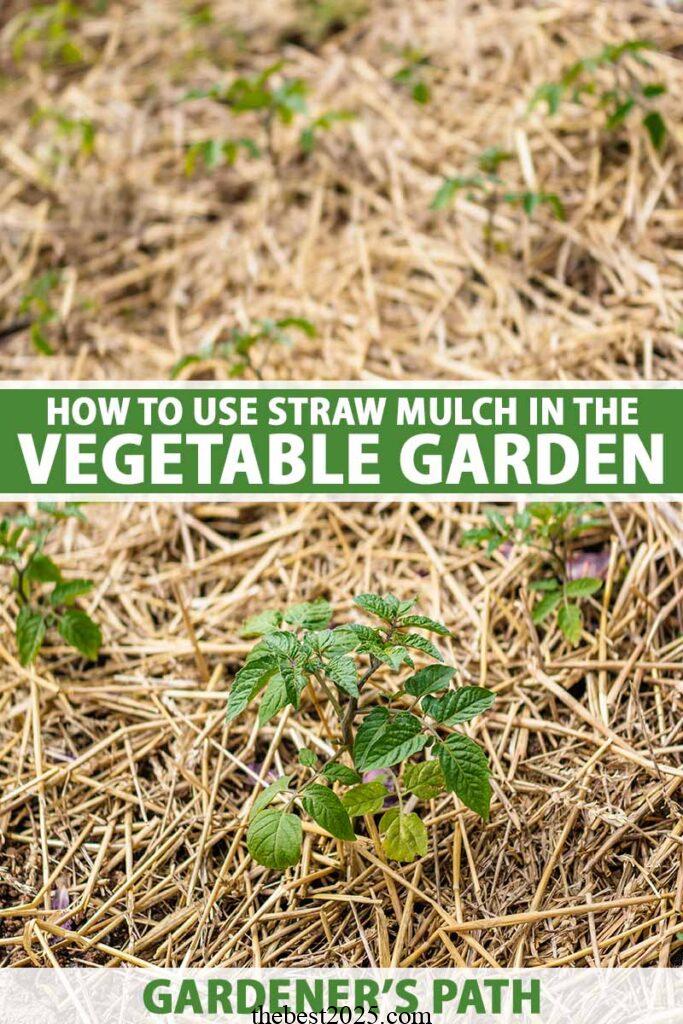
Not all straw
mulch is created equal, so it’s essential to select the right type for your
vegetable garden. When choosing straw mulch, consider the following
factors:
Straw Type
Wheat straw and rice straw
are two common choices for mulching. Wheat straw is often preferred because
it’s readily available and breaks down at a moderate pace, providing long-term
benefits. Rice straw, on the other hand, decomposes more slowly and may be
better suited for perennial
plants.
Cleanliness
Ensure that the straw mulch
you select is free from contaminants and weed seeds. Contaminated straw can
introduce unwanted plants into your garden and defeat the purpose of weed
suppression.
Coverage
Determine the amount of
straw mulch you’ll need based on the size of your garden. It’s better to have
a surplus than run out halfway through the application
process.
How to Apply Straw
Mulch
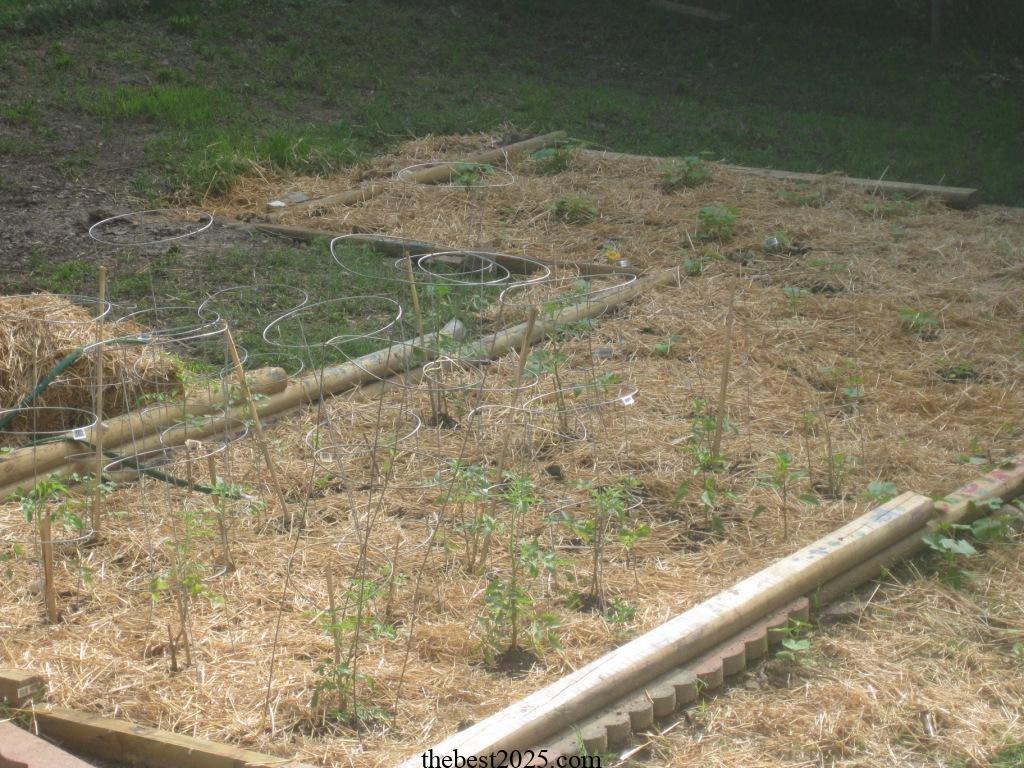
Applying straw
mulch to your vegetable garden is a straightforward process. Here’s a step-by-
step guide to help you get started:
- Prepare
Your Garden: Clear any existing weeds and debris from your garden bed
to create a clean surface for mulching.
- Water Your Garden: Before applying straw
mulch, thoroughly water your garden to ensure the soil is
moist.
- Spread the Mulch:
Evenly distribute a layer of straw mulch around your vegetable plants, making
sure to leave some space around the stems to prevent moisture-related
issues.
- Maintain Thickness:
Apply a layer of straw mulch that is approximately 3-4 inches thick. This
thickness provides optimal weed suppression and moisture
retention.
- Top-Up as Needed:
Periodically check the mulch layer and add more as it decomposes to maintain
the desired thickness.
- Keep an Eye on
Weeds: While straw mulch helps prevent weed growth, be vigilant and
remove any weeds that manage to push through the mulch.
FAQ for Using Straw Mulch in the Vegetable
Garden
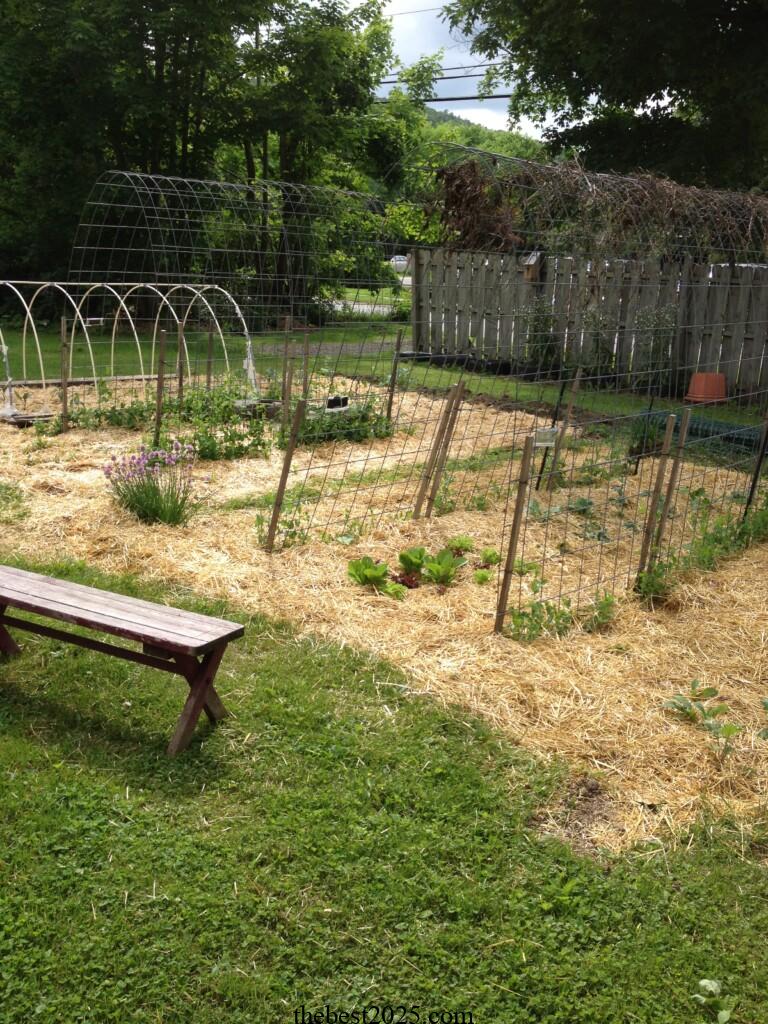
Q: Can I use any type
of straw for mulching my vegetable garden?
A: While you can use
various types of straw for mulching, wheat straw is a popular and effective
choice due to its availability and moderate decomposition rate. Ensure it is
free from contaminants and weed seeds.
Q: How often should I
reapply straw mulch to my garden?
A: The frequency of
reapplication depends on the rate of decomposition and your local climate. In
general, it’s a good practice to top up the mulch as it breaks down to
maintain a 3-4 inch thickness.
Q: Is straw mulch suitable for
all vegetable plants?
A: Straw mulch is suitable for most
vegetable plants. However, it may not be ideal for plants that prefer acidic
soil, like blueberries, as straw can raise the soil’s pH.
Q:
Can I mix straw mulch with other mulching materials?
A: Yes,
you can combine straw mulch with other organic materials like compost or
shredded leaves to enhance its soil enrichment
properties.
In
Conclusion
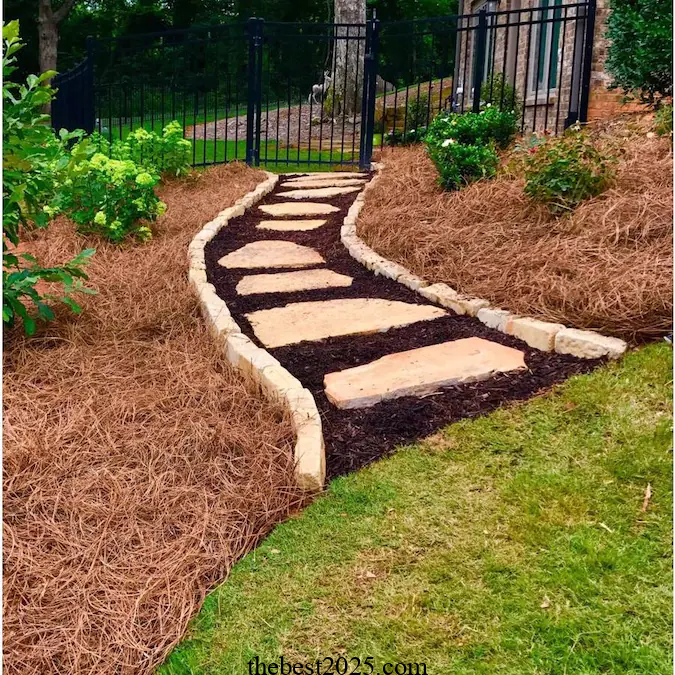
Using straw
mulch in your vegetable garden is a game-changer when it comes to enhancing
your garden’s health and productivity. It offers numerous benefits, including
moisture retention, weed suppression, temperature regulation, and soil
enrichment. By selecting the right type of straw mulch and following our step-
by-step application guide, you’ll be well on your way to creating a thriving
vegetable garden. Say goodbye to endless weeding and hello to a bountiful
harvest – your garden will thank you!
tag
- chicken
feed - how to Keep Chickens Off Your Porch
- How to grow oyster mushrooms at home
- Growing Kale in Pots


0 Comments